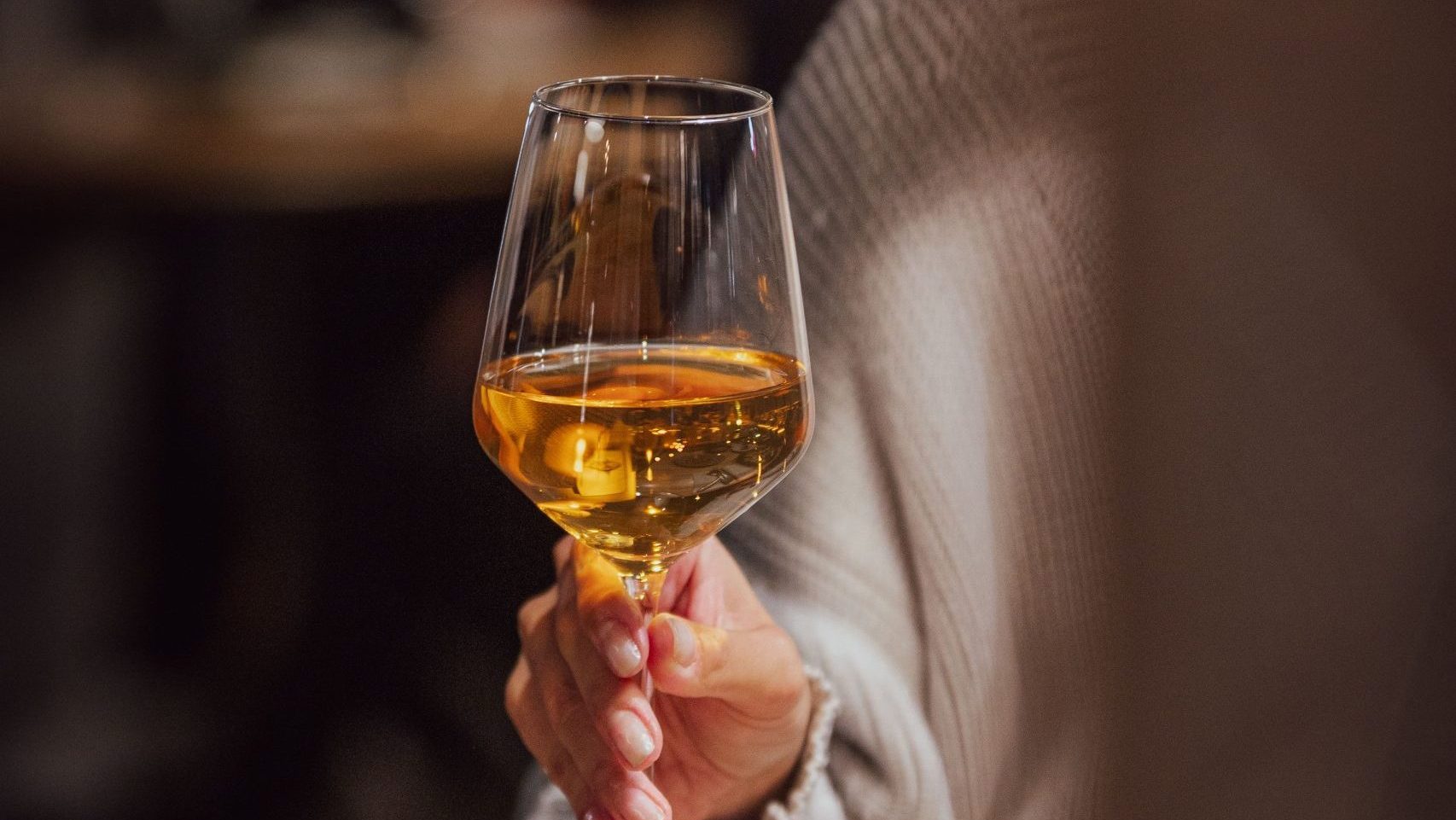
The classic pairing rule of “white wine with fish” has merit, but isn’t an absolute law in culinary circles. While white wines generally complement seafood beautifully with their crisp acidity and lighter profile, certain red wines can also create magnificent pairings with robust seafood dishes. The key lies in matching the wine’s intensity with the seafood’s flavor profile, preparation method, and accompanying sauces. The ideal pairing ultimately depends on the specific seafood variety and how it’s prepared rather than strictly adhering to color-based conventions.
Is red or white wine better for seafood pairing?
The question of which wine color best suits seafood doesn’t have a one-size-fits-all answer. White wine traditionally complements the delicate flavors of most seafood with its higher acidity and lighter body. However, lighter-bodied reds without aggressive tannins can work wonderfully with heartier seafood dishes. The most important consideration isn’t strictly the wine’s color, but rather how its characteristics—acidity, body, sweetness, and tannins—interact with the particular seafood’s flavor intensity, fat content, and preparation method.
Why is white wine traditionally paired with seafood?
White wine has long been the go-to seafood companion primarily because of its chemical composition. The higher acidity in white wine acts like a squeeze of lemon, brightening and enhancing seafood’s natural flavors. Additionally, white wines typically lack the tannins found in reds, which can create an unpleasant metallic taste when combined with many fish varieties.
The refreshing qualities of white wine—particularly its citrus, mineral, and light fruit notes—complement rather than overpower the delicate flavors of most seafood. Classics like Sauvignon Blanc, Pinot Grigio, and unoaked Chardonnay offer that perfect balance of acidity and fruit that makes seafood shine. At Fisken på Disken, we’ve observed how a crisp Chablis can transform a simple oyster experience into something truly memorable.
When can you pair red wine with seafood?
Red wine can create exceptional seafood pairings when chosen thoughtfully. The best opportunities for red wine pairings arise with heartier, meatier seafood varieties or dishes featuring rich, tomato-based sauces. Lighter-bodied reds with minimal tannins work best—think Pinot Noir, Beaujolais, or lighter Grenache.
Specific seafood varieties that welcome red wine include tuna, salmon, octopus, and swordfish—especially when grilled, roasted, or served with robust sauces. The richer fat content and stronger flavors of these seafood types stand up beautifully to the fruit-forward characteristics of lighter reds. Even some shellfish dishes, particularly those incorporating chorizo, mushrooms, or earthy flavors, can pair wonderfully with the right red wine.
What types of white wine go best with different seafood?
Different seafood varieties call for specific white wine profiles to create harmonious pairings. Lighter whites like Pinot Grigio and Albariño complement delicate white fish like cod, sole, and halibut with their subtle minerality and crisp acidity. For shellfish such as oysters, scallops, and prawns, high-acid whites like Muscadet, Sancerre, or unoaked Chardonnay shine by highlighting their sweet, briny qualities.
Richer seafood deserves more substantial whites. Salmon pairs beautifully with medium-bodied Chardonnay or Viognier, while smoked fish finds its match in aromatic varieties like Gewürztraminer or Riesling. For spicy seafood dishes, slightly sweet wines like off-dry Riesling or Chenin Blanc provide perfect counterbalance. At Fisken på Disken, we carefully consider these principles when suggesting wine pairings for our seasonal seafood specialties.
How do cooking methods affect seafood and wine pairing?
Cooking techniques dramatically influence the appropriate wine pairing by altering seafood’s texture, flavor intensity, and fat content. Raw preparations like sashimi, ceviche, or fresh oysters call for the lightest, most mineral-driven whites like Muscadet, Chablis, or Vinho Verde to preserve their delicate flavors.
Poached or steamed seafood maintains its subtle character and pairs wonderfully with light, aromatic whites. As we move to more transformative techniques, the wine should evolve accordingly: grilled seafood develops smoky, caramelized flavors that can stand up to fuller whites or even light reds. Fried seafood benefits from high-acid whites like Champagne or Sauvignon Blanc to cut through richness, while seafood in cream-based sauces finds harmony with medium-bodied, buttery Chardonnay that mirrors the sauce’s richness.
Seafood and wine pairing essentials to remember
When selecting wine for seafood, several fundamental principles can guide your decision. Consider matching the wine’s weight with the seafood’s richness—lighter wines for delicate fish, fuller wines for richer preparations. Acidity is your friend, as it refreshes the palate and enhances flavors much like a squeeze of lemon.
Think about complementary and contrasting elements: a wine can either echo flavors in the dish (like the butteriness in both Chardonnay and lobster with butter) or provide balancing contrast (like the sweetness in Riesling against spicy seafood). Regional pairings often work beautifully—coastal wines with local seafood have evolved together for centuries.
Above all, trust your personal preferences. While these guidelines provide a starting point, the best pairing is ultimately the one you enjoy most. At Fisken på Disken, we believe in honoring traditions while encouraging exploration. Our seafood bar offers both classic and unexpected wine pairings that might just change your perspective on what works with the treasures of the sea.
